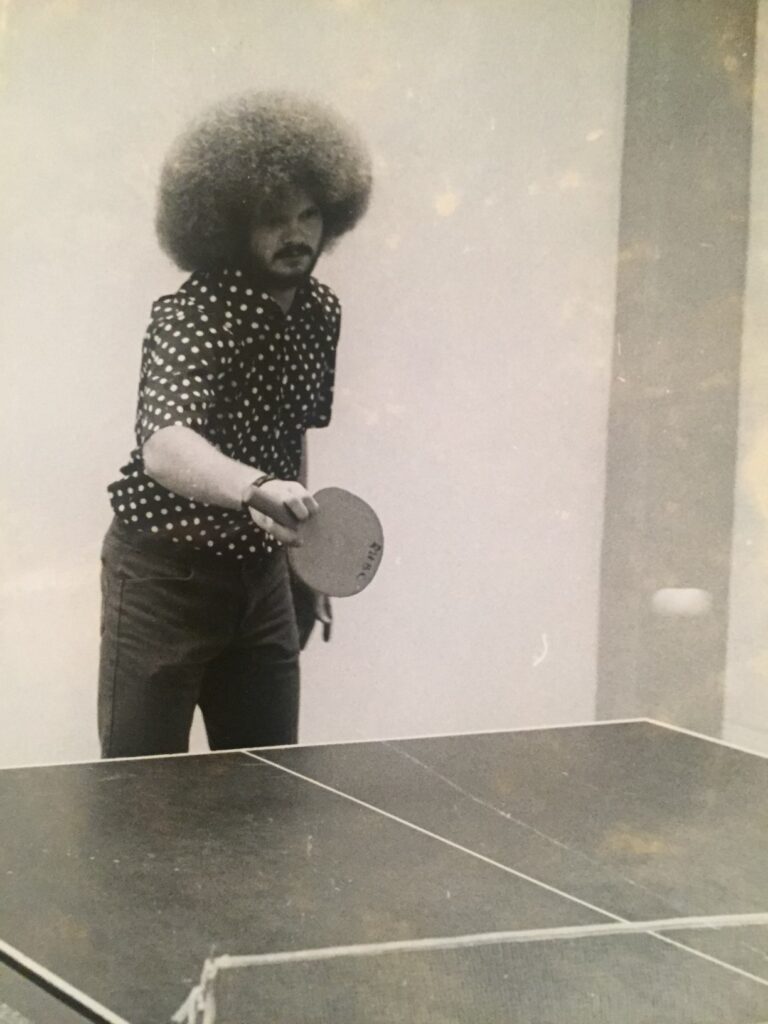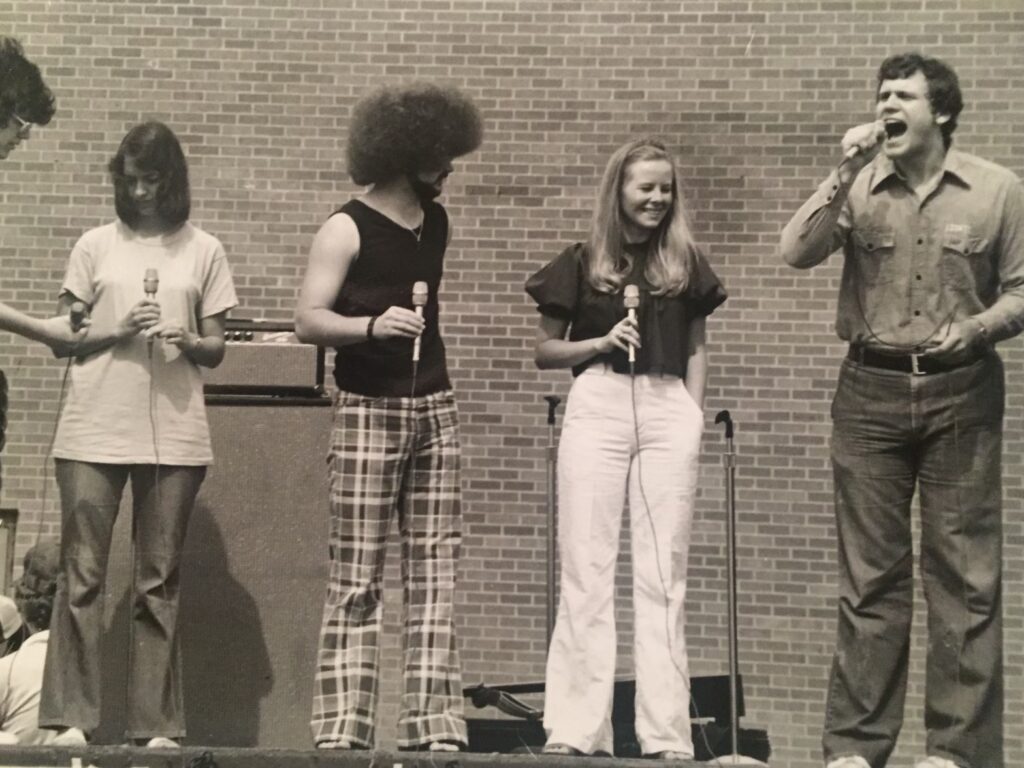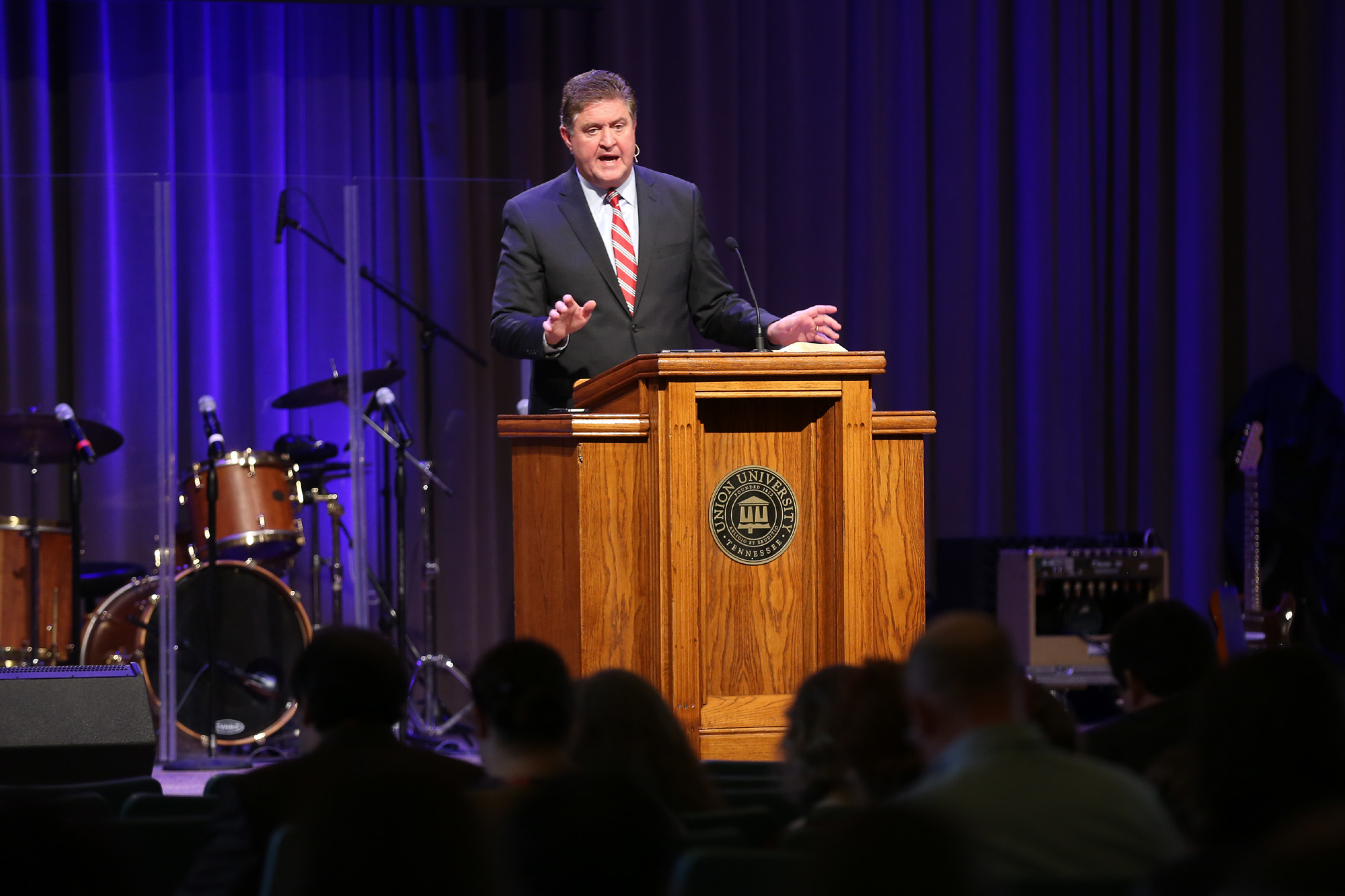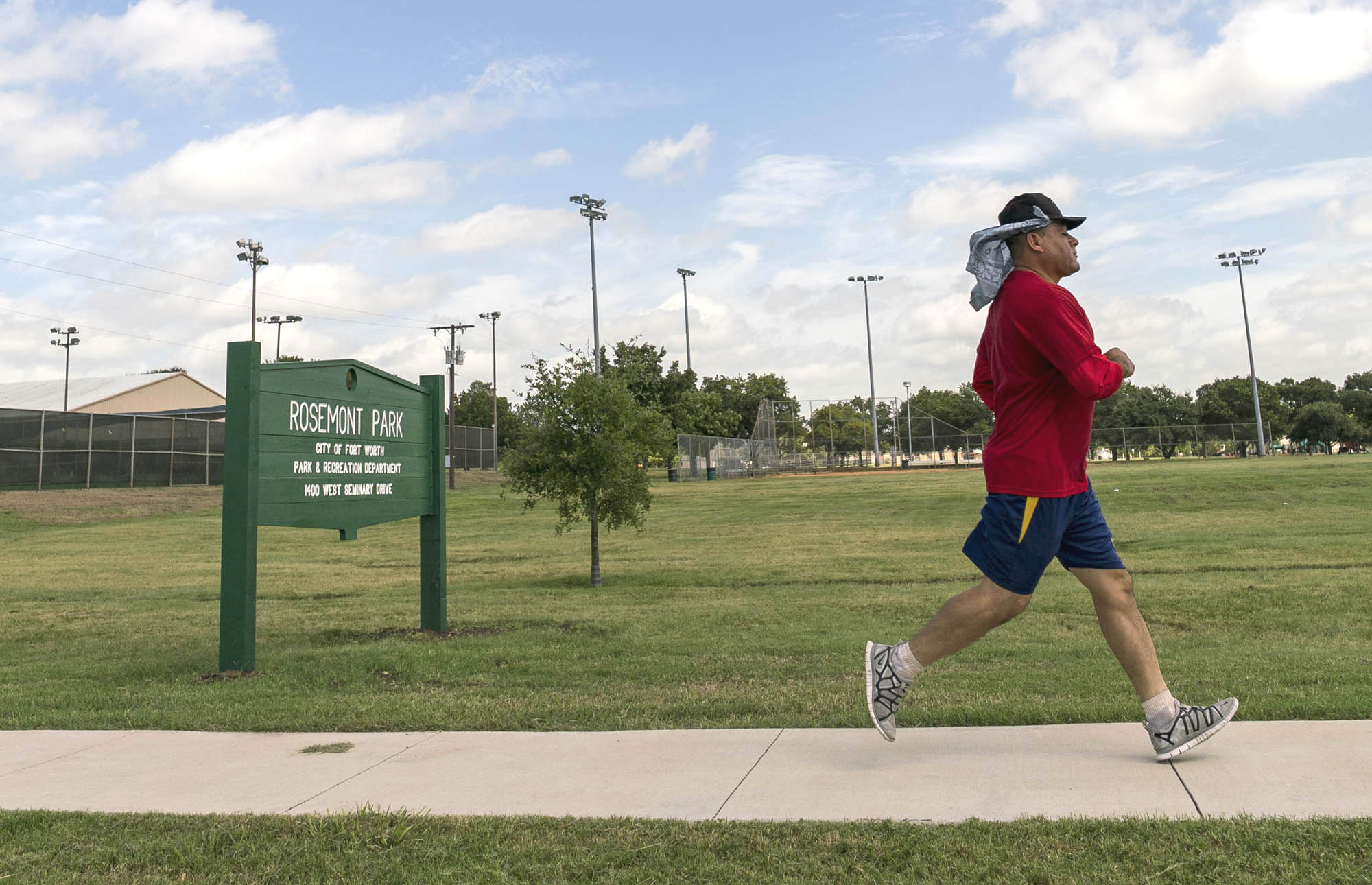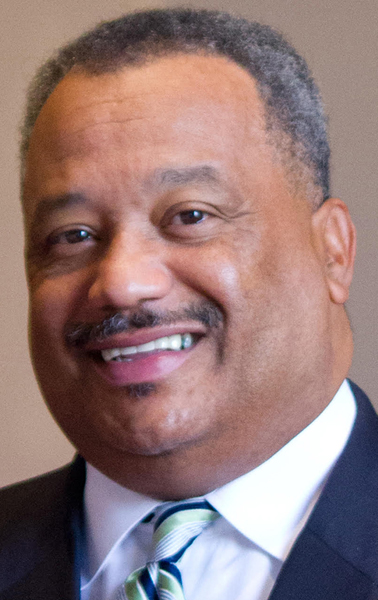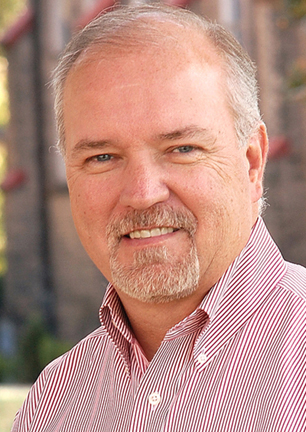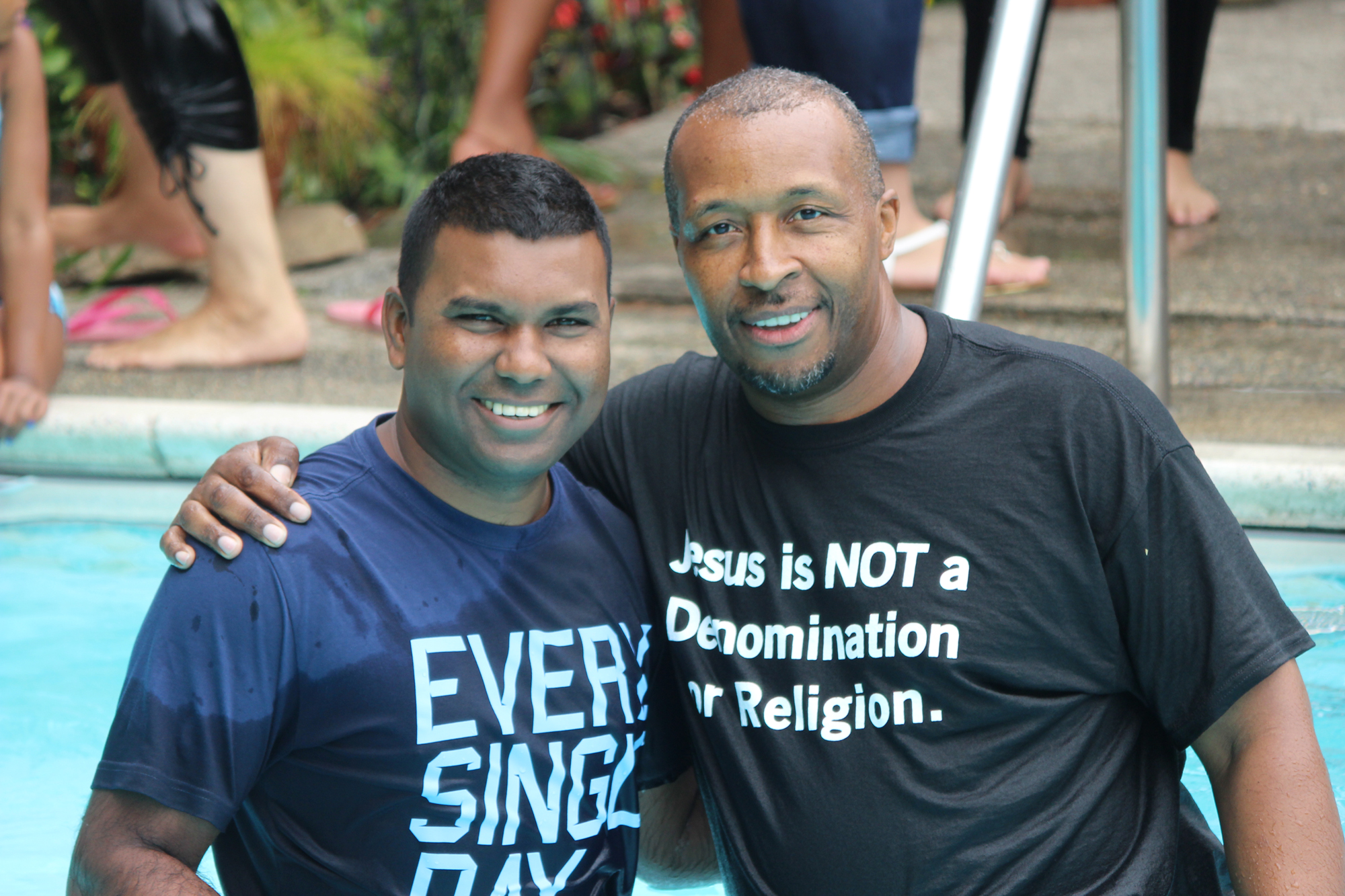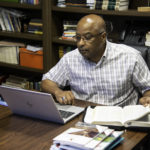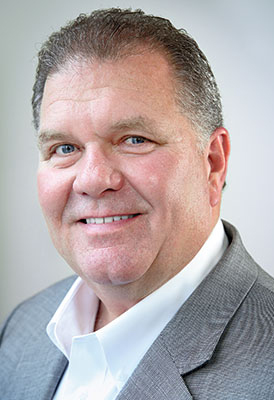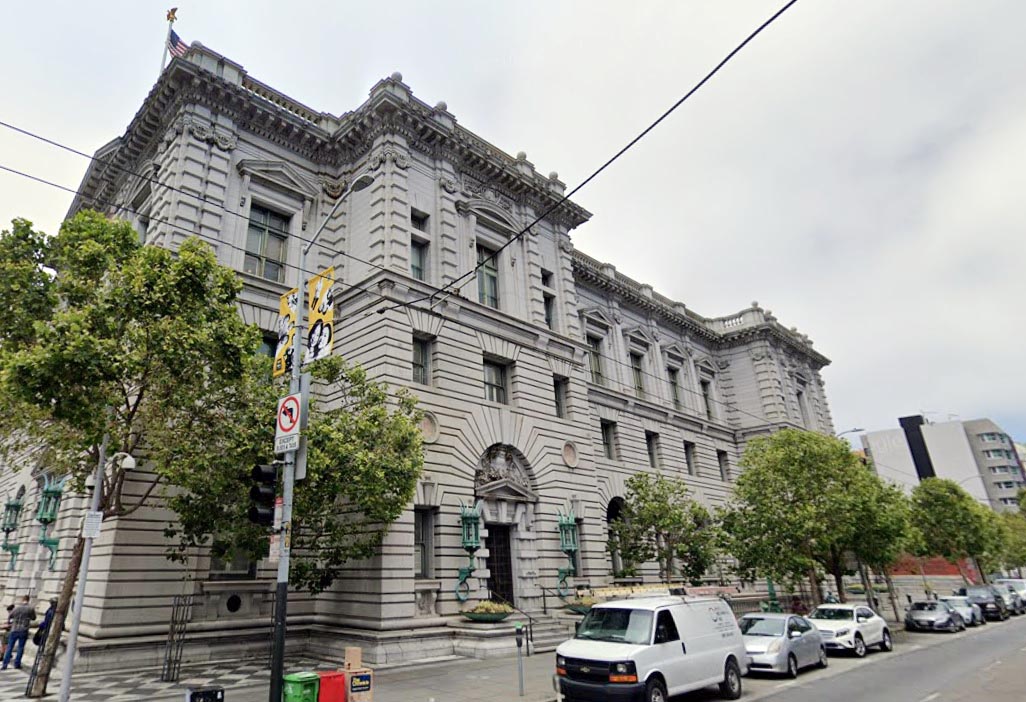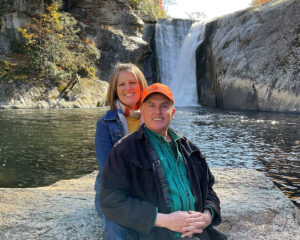
NASHVILLE (BP) – The spiritual revival of the late ‘60s and early ‘70s known as the “Jesus Movement” profoundly affected tens of thousands around the country, including many Southern Baptists.
One of those was Preston Nix, who is now a professor of evangelism and evangelistic preaching at New Orleans Baptist Theological Seminary, but was a self-described “long-haired hippie Jesus Freak” during college.
Nix said although there are skeptics about the validity of the movement, particularly regarding its more charismatic or sensational elements, several key features point to the movement’s legitimacy.
“Two things that happened in the Jesus Movement that show it’s real is that we had an insatiable desire to know the Word of God, and we wanted our friend to know Jesus,” Nix said.
“The reality is God reached a generation of disenfranchised youth starting with hippies, and as it moved across the country reaching me as a kid in a youth group in a Baptist church. It touched me and changed my eternity.
“There’s no question that God was moving, and the churches that embraced the Jesus Movement saw revival and awakening and those that did not in turn did not experience awakening.”
Convention statistics support Nix’s assertions, as the largest number of baptisms ever recorded in a single year in the Southern Baptist Convention was 445,725 in 1972, the height of the Jesus Movement. Of those baptisms, 137,667 were of people between the ages of 12 and 17.
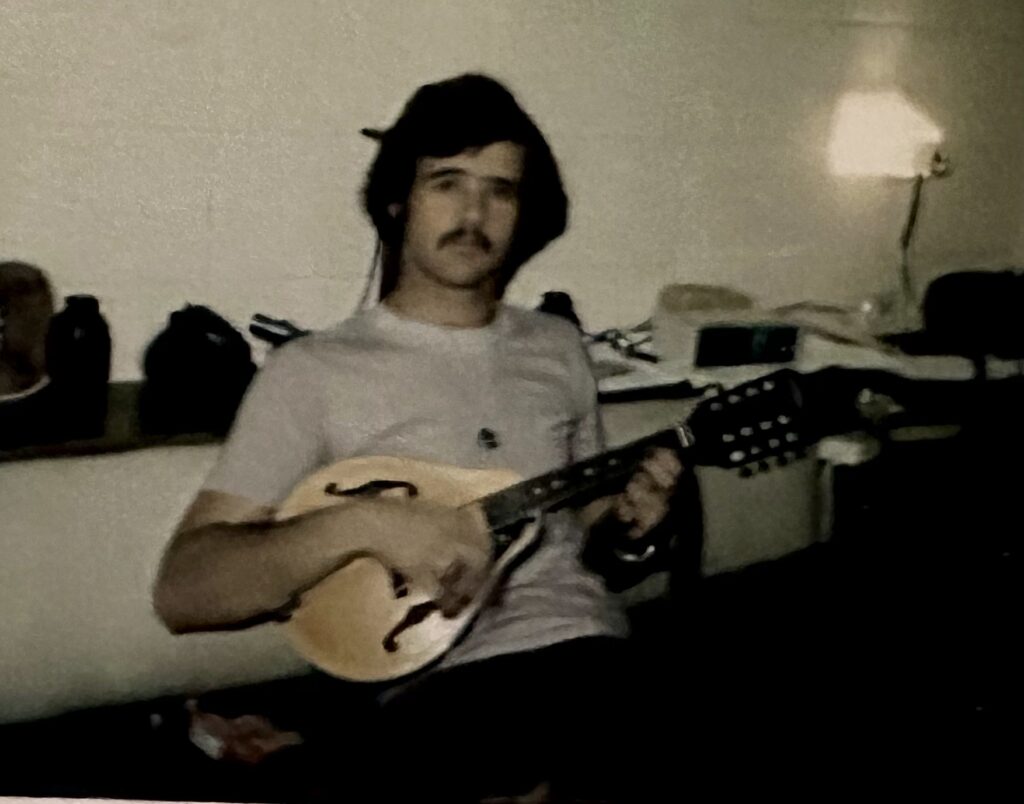
The movement has been on the minds of many after being depicted in the recently released movie “Jesus Revolution.” The film depicts the origins of the movement, which many historians classify as the greatest spiritual awakening in American history.
The movement successfully united disparate Christians, including some older and more traditional and some younger, more charismatic “hippie” believers. It largely began in California, and quickly spread throughout the country.
“I had been looking for something and needed something as a teenager,” Tim Patterson told Baptist Press. “God had been drawing me all this time.”
Patterson, who now serves as executive director/treasurer of the Baptist State Convention of Michigan, was an unbelieving, seeking teenager, when he began attending a church in Kermit, Texas, with a large group of young people.
Despite hearing the Gospel many times, he was not yet truly born again, he said. That was until an arrest for drug use drew him to his knees.
It was there in a jail cell that Patterson both “gave up and give in to Christ,” but also felt “keenly” that he was called to preach the Gospel.
Upon his release from prison, he began leading times of Bible Study and prayer in his school. The meetings were held in the library, but the teenage attendees quickly outgrew the room.
Patterson even went back to share the Gospel with the very police officers who arrested him. They and many others from the local police department came to Christ.
The passionate worship, Bible studies and emphasis on evangelism are elements from the movement Patterson said he has carried on in his ministry.
“It was genuinely a move of the Spirit of God in people,” he said. “It was almost palpable, His presence in worship times.
“God would move in people’s lives and you could not explain it. Sharing the Gospel and evangelism was absolutely imperative. It was not an option for a believer, that’s what you did. It was a wonderful time.”
Nix told Baptist Press he was able to “debrief” some of his thoughts from the recent film with a group of NOBTS students who saw it with him.
“I thought it was a great movie, and very well done,” Nix said.
“In my research and knowledge of the time, and partially living it, it’s pretty true to the facts and accurate to what actually happened at that time. It touched my heart and it brings you to tears.”
The film depicts the key stories and figures from the movement such as Chuck Smith, Greg Laurie and Lonnie Frisbee. The film stars iconic actor Kelsey Grammer and Jonathan Roumie, who plays Jesus in the popular streaming series “The Chosen.”
It opened in third place at the box office, and has made just over $32 million to date, according to Box Office Mojo.
Patterson told Baptist Press he was not completely aware of the full impact of the movement as it was happening.
“I really didn’t understand what was going on during that time when I was saved,” Patterson said. “I really didn’t understand the enormity of what was happening across the country. It had an enormous impact on the leaders that we’ve had over many decades in our conventions and how many came to know Christ during that time period.”
He said in order for a similar movement to spark today, the older generation must once again embrace and mentor a different, younger generation.
“We just need to be ready to receive people as they are, and lead them to where they need to be,” Patterson said. “Not try to make them conform to what they should be and then receive them. We can get it backwards and I think that’s one of the things that we’re doing in our churches today. We just can’t do that.”
Referencing the recent revival reports from Asbury University and other colleges, Nix said he continually prays for God to move in a way similar to what happened in his youth.
“Maybe He is doing it again and we’re seeing the beginnings of it,” Nix said. “I hope and pray that is the case.”
